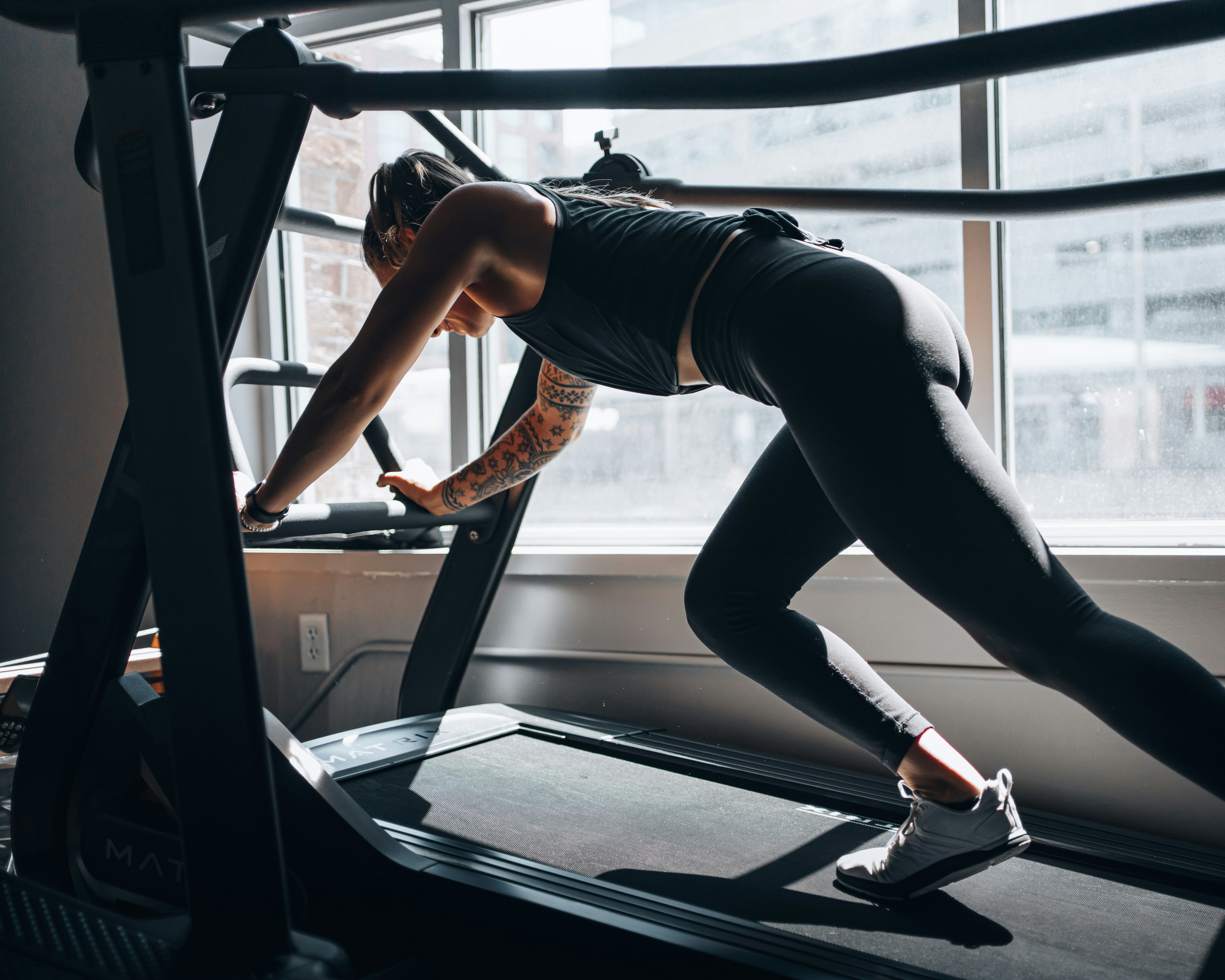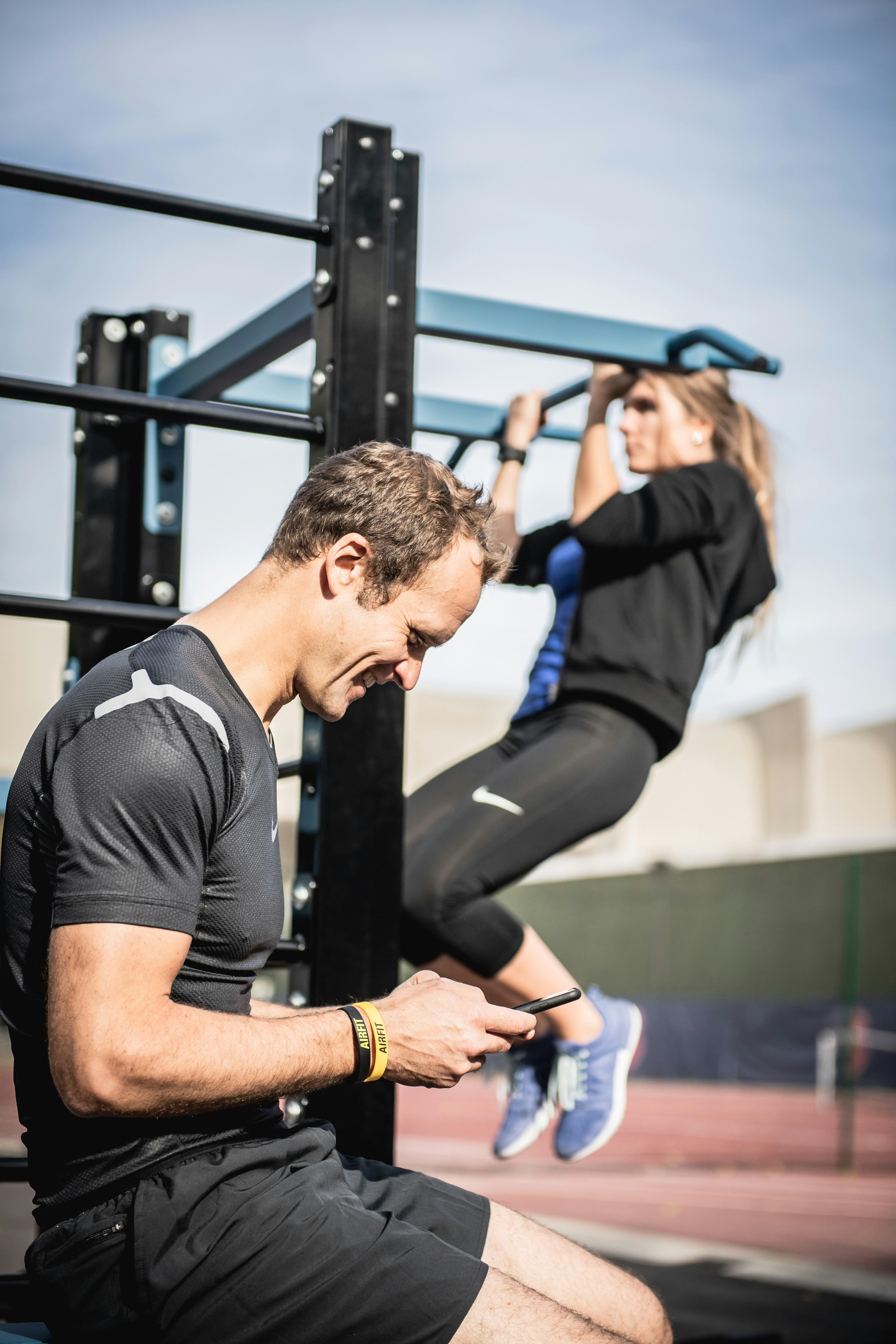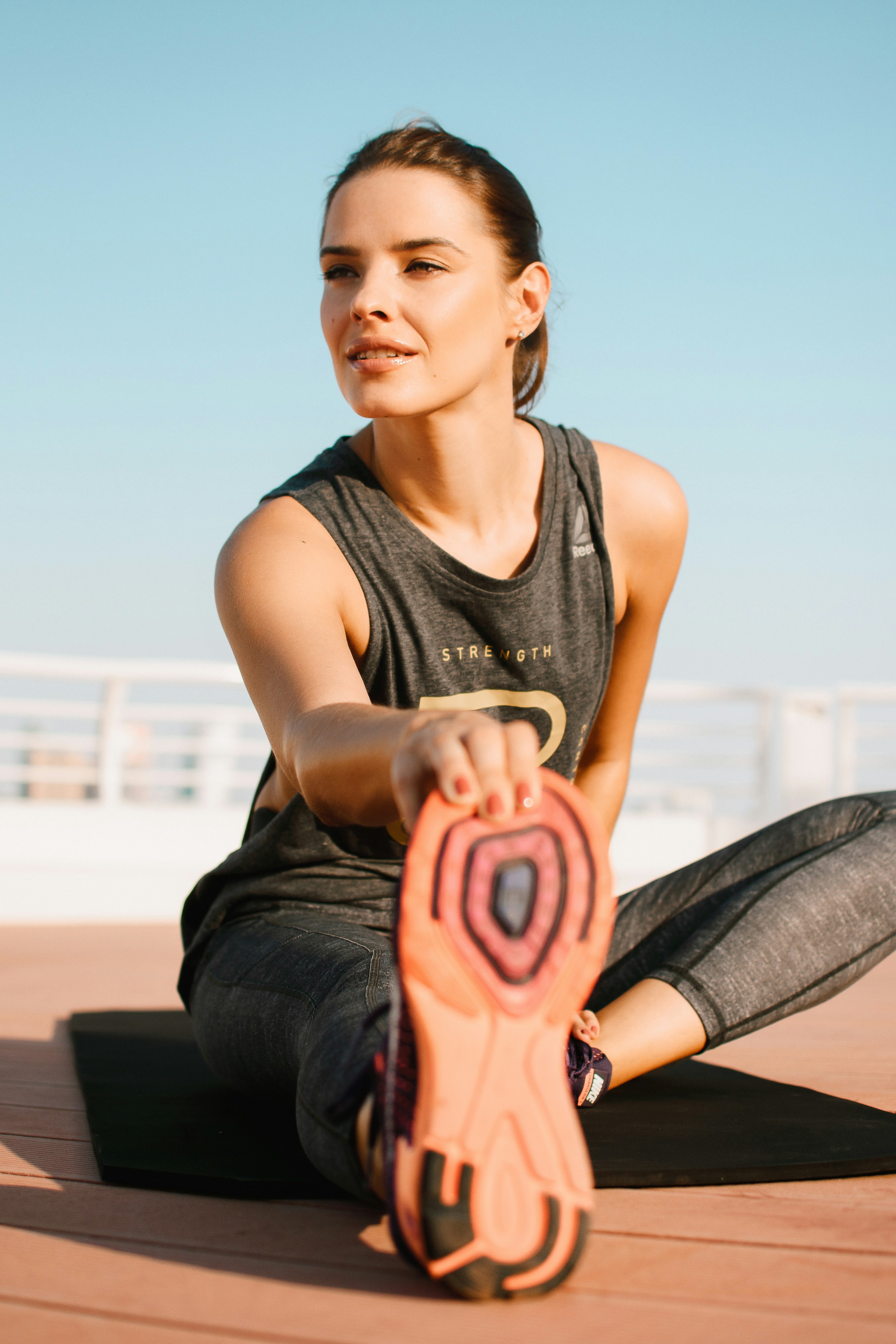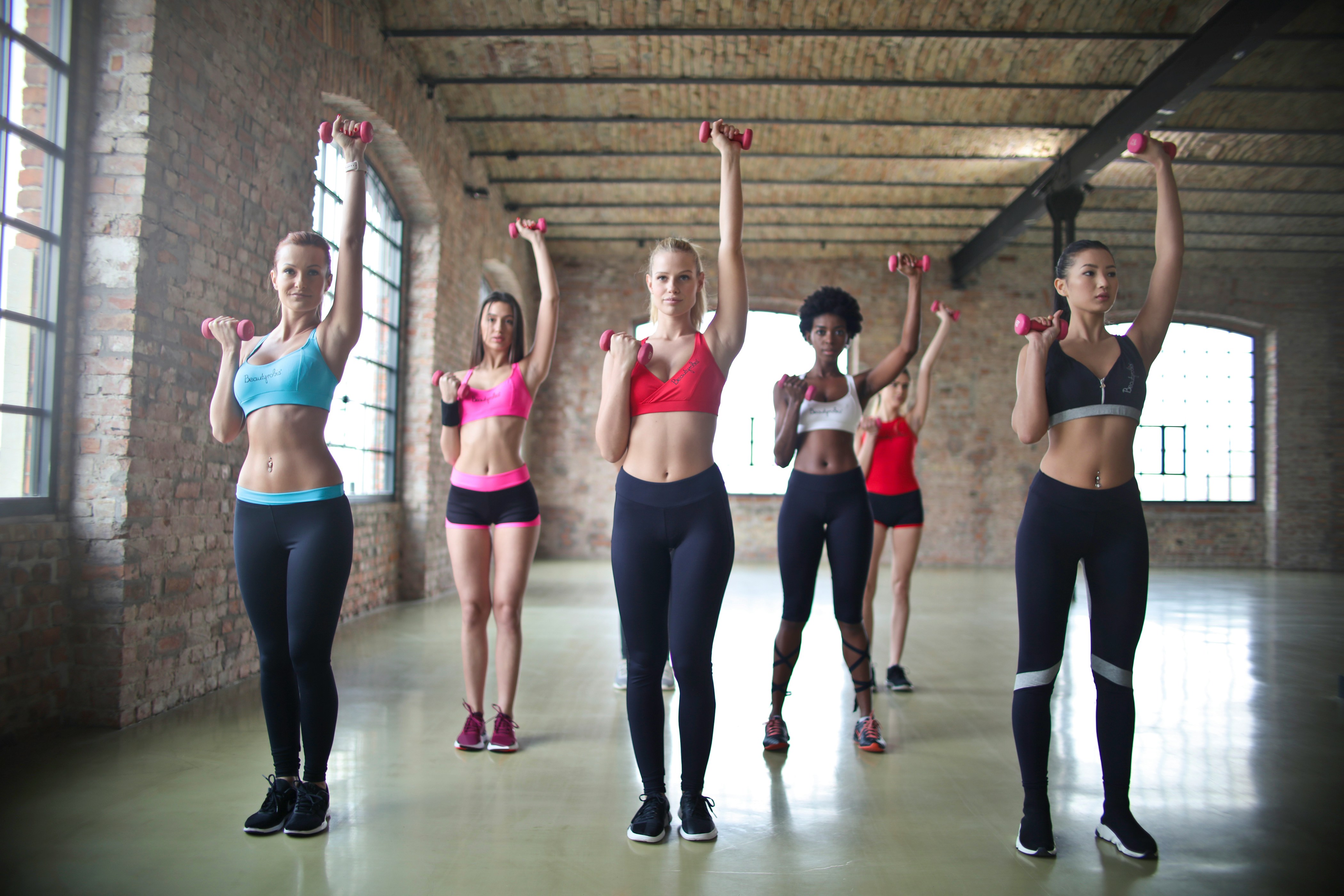Is It Safe to Exercise During Your Menstrual Cycle? Expert Advice
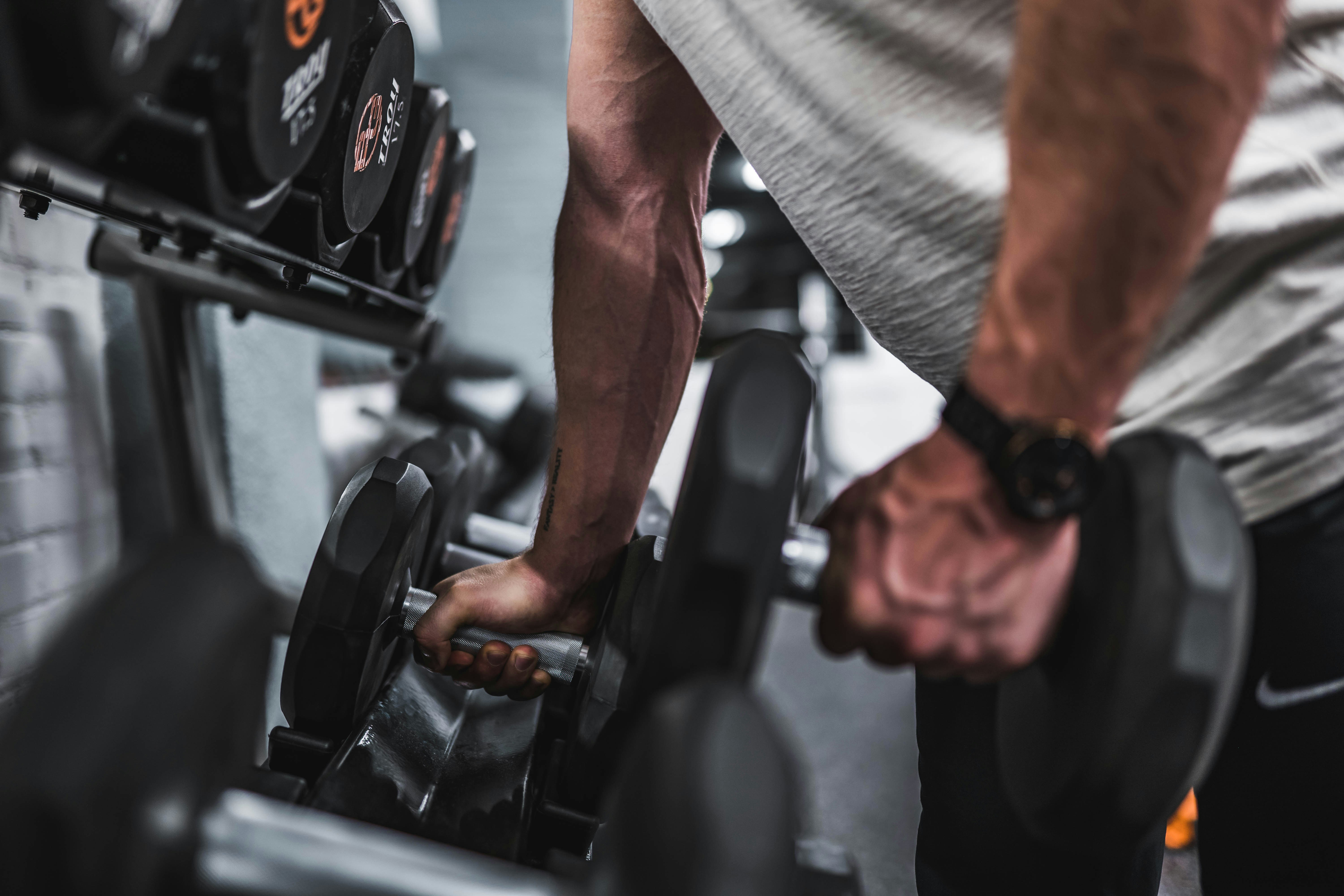
Is It Safe to Exercise During Your Menstrual Cycle? Expert Advice
"Exercise is a celebration of what your body can do, not a punishment for what you ate." – Anonymous
Introduction
For many women, exercise is a key part of their daily routine, contributing to physical and mental health. However, when it comes to exercising during the menstrual cycle, there is often confusion and concern. Some women wonder whether exercise during menstruation can affect their health, while others question if they should modify their routine to accommodate their menstrual symptoms.
In this article, we will explore whether it is safe to exercise during your period and provide expert advice on how to tailor your workout routine to meet your body’s needs during this time.
1. Understanding the Menstrual Cycle and Its Phases
The menstrual cycle is typically divided into four phases, each affecting the body in different ways. Understanding these phases can help you decide when and how to exercise during your period.
1. Menstrual Phase (Days 1-5)
This phase starts on the first day of your period, marked by menstrual bleeding. During this time, estrogen and progesterone levels are low, which can cause fatigue, cramps, and mood fluctuations.
- Symptoms : Cramps, bloating, headaches, and fatigue are common during this phase.
- Exercise Considerations : While some women may experience discomfort and low energy during this phase, light to moderate exercise can help alleviate cramps and improve mood by releasing endorphins. Activities such as walking, gentle yoga, or swimming can be beneficial.
2. Follicular Phase (Days 6-14)
The follicular phase begins after menstruation ends and lasts until ovulation. During this phase, estrogen levels rise, which can increase energy levels and improve endurance.
- Symptoms : Increased energy, better mood, and improved physical performance are often experienced.
- Exercise Considerations : This is a great time to engage in more intense workouts such as strength training, HIIT, or running. Your body is primed for higher intensity exercises during this phase.
3. Ovulation Phase (Days 14-16)
Ovulation occurs around the middle of the cycle when the egg is released from the ovary. Estrogen peaks during this time, which can lead to a boost in strength and endurance.
- Symptoms : Peak energy, increased libido, and improved muscle function are common during ovulation.
- Exercise Considerations : This is an optimal time for intense workouts and strength training. Many women find that they perform their best during ovulation due to the hormonal boost.
4. Luteal Phase (Days 17-28)
The luteal phase occurs after ovulation and lasts until the start of the next period. During this phase, progesterone rises, which can cause bloating, irritability, and fatigue.
- Symptoms : Fatigue, bloating, mood swings, and cravings can make this phase challenging for many women.
- Exercise Considerations : While intense exercise can feel more difficult during this phase, moderate intensity workouts like light cardio, Pilates, or yoga can still be beneficial. It’s important to listen to your body and adjust the intensity of your workouts accordingly.
2. Should You Exercise During Your Period?
The short answer is: Yes , it is generally safe to exercise during your menstrual cycle, including while you are on your period. In fact, there are several benefits to maintaining a regular exercise routine during menstruation.
Benefits of Exercising During Your Period:
- Pain Relief : Exercise can help alleviate menstrual cramps by improving blood circulation and releasing endorphins, the body’s natural painkillers.
- Mood Improvement : Physical activity helps combat mood swings, depression, and anxiety by promoting the release of neurotransmitters like serotonin and dopamine.
- Reduced Bloating : Regular exercise can help reduce water retention and bloating, which are common symptoms during menstruation.
- Better Sleep : Physical activity can improve sleep quality, which is often disrupted during the menstrual cycle due to discomfort and hormonal fluctuations.
Common Concerns About Exercising During Menstruation:
- Excessive Bleeding : Some women worry that exercise could worsen menstrual flow. However, research shows that moderate exercise does not increase bleeding and may even reduce the duration of bleeding.
- Fatigue and Cramps : While it is common to feel fatigued or experience cramps during your period, low-impact exercise such as walking, swimming, or gentle stretching can actually help alleviate these symptoms.
3. Expert Advice on Tailoring Your Workouts During Your Period
While exercise is generally safe and beneficial during menstruation, there are some adjustments that can be made to tailor your routine based on how you feel during each phase of your menstrual cycle.
1. Listen to Your Body
Everyone’s experience of menstruation is different. Some women may feel energized and ready to tackle intense workouts, while others may feel fatigued or uncomfortable. It’s important to listen to your body and adjust your workouts accordingly.
- If you’re feeling fatigued or have cramps , consider reducing the intensity of your workout or opting for gentler activities like yoga, swimming, or walking.
- If you’re feeling energized and experiencing minimal symptoms, it may be a good time to engage in higher-intensity workouts, such as running, strength training, or cycling.
2. Choose the Right Type of Exercise
Certain types of exercises can be particularly beneficial during your period, depending on your symptoms.
- Yoga : Gentle yoga poses can help alleviate cramps, reduce stress, and improve flexibility. Poses like Child’s Pose, Cat-Cow, and Cobra can ease discomfort and promote relaxation.
- Swimming : Swimming is a low-impact activity that can relieve cramps and improve circulation without putting extra stress on the body.
- Walking or Light Cardio : If you’re feeling sluggish, a brisk walk or light cardio session can help improve your mood and boost energy levels.
3. Hydration and Nutrition
During your period, your body may need more hydration and specific nutrients to combat symptoms like bloating and fatigue.
- Hydrate Well : Drinking plenty of water is essential, especially if you’re engaging in physical activity. Staying hydrated can help reduce bloating and improve overall performance.
- Nutrient-Rich Foods : Incorporate foods that support your body during menstruation, such as iron-rich foods (spinach, red meat), anti-inflammatory foods (salmon, turmeric), and foods rich in magnesium (dark chocolate, nuts) to alleviate cramps.
4. When Should You Avoid Exercise During Your Period?
While exercise is generally safe during menstruation, there are certain situations in which it’s best to avoid physical activity or modify your routine:
- Severe Pain or Discomfort : If you experience severe cramps, dizziness, or significant pain, it’s important to listen to your body and rest. Pushing through pain can lead to injury or exacerbate discomfort.
- Heavy Bleeding : If your period is exceptionally heavy and you experience leakage or discomfort, it may be wise to choose less intense forms of exercise or rest until the bleeding decreases.
- Fatigue : If you feel excessively tired or drained, allow yourself extra rest. Overexertion can worsen fatigue and disrupt your overall well-being.
Conclusion
Exercising during your period is not only safe but can also be beneficial for managing menstrual symptoms such as cramps, bloating, and fatigue. By understanding the different phases of your menstrual cycle and listening to your body, you can tailor your workout routine to optimize your performance and well-being.
If you experience severe discomfort or have any concerns, it’s always a good idea to consult with a healthcare provider or fitness expert. In general, staying active during your period can help you feel better, stay energized, and maintain a consistent fitness routine.
"Exercise is a celebration of what your body can do, not a punishment for what you ate." – Anonymous
References
- Ussher, J. M., et al. (2004). Menstrual Cycle and Physical Activity: A Review of the Literature . Journal of Women’s Health, 13(7), 804-808.
- Gordon, J. M., & O'Connor, D. (2007). Physical Activity and the Menstrual Cycle . Sports Medicine, 37(4), 337-355.
- Thompson, W. R. (2017). ACSM’s Guidelines for Exercise Testing and Prescription . American College of Sports Medicine.

